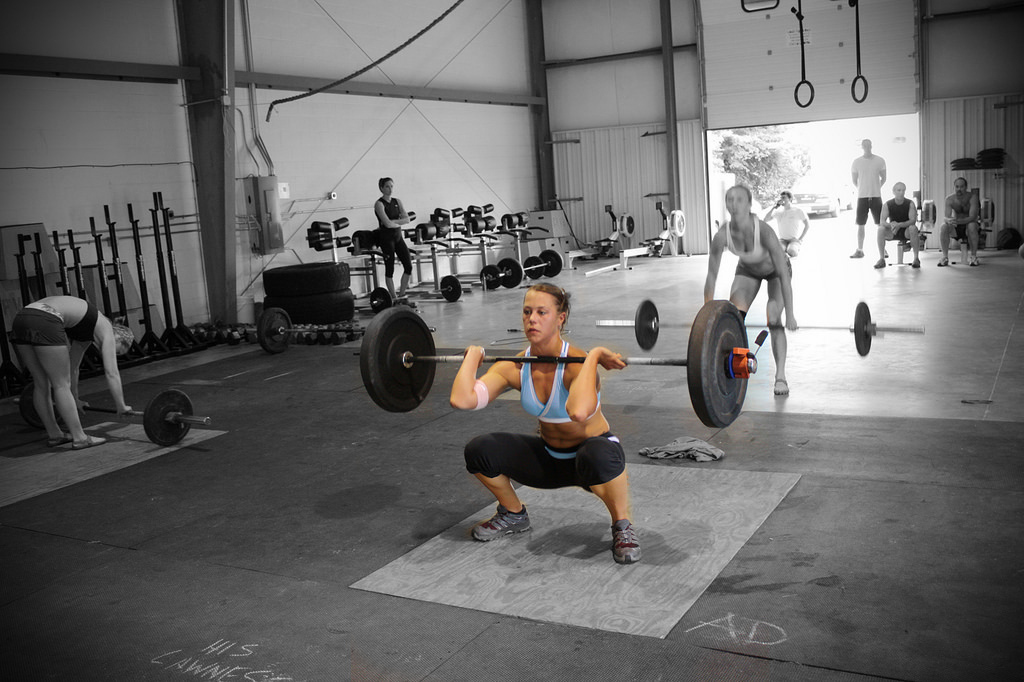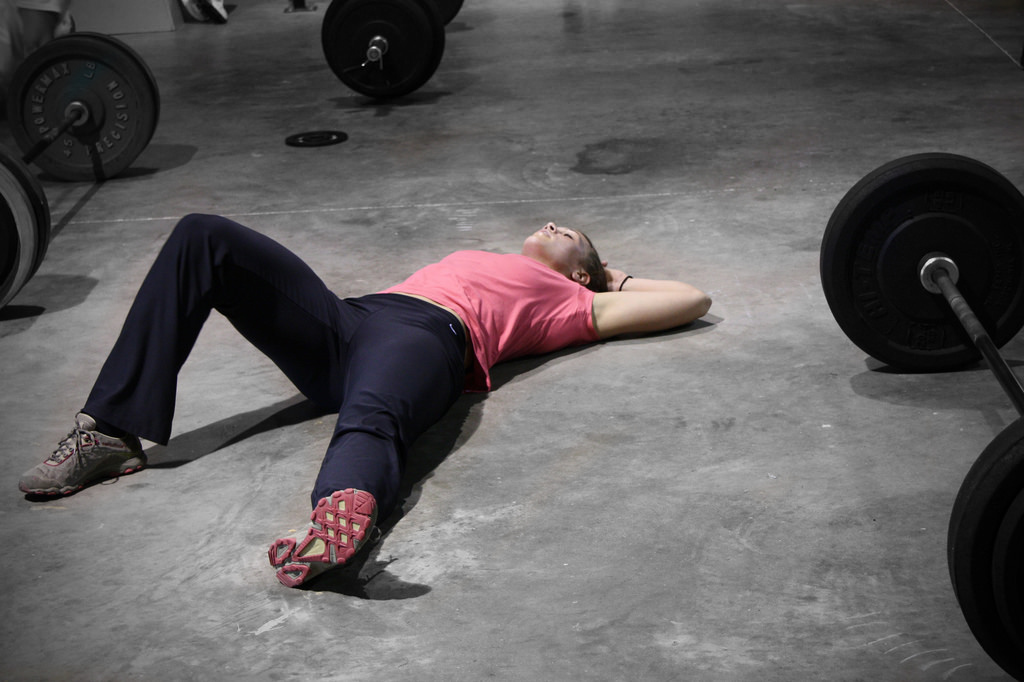By: Jordan Bork, PT, DPT, CSCS
Squat Depth: A Physical Therapist’s Perspective
One of the most debated topics in the weight lifting world is that of squat depth. At most gyms you will see everything from mini-knee bends, to “A*s to Grass” squatting. So how do you know how deep is deep enough?
Anatomy and Biomechanics:
As per usual, let’s cover a quick lesson in anatomy and biomechanics before we dive into the debate.
The classic barbell squat primarily works your gluteal and quadriceps muscle groups. Together with the hamstrings, calves, abductors and adductors, the body works to control the weight as you descend and ascend throughout the lift. Because of its large compound movement the squat it is often considered a full body work out and one of the 3 major lifts (along with deadlifts and bench press).
During the lowering (eccentric) phase of a squat several of your muscles contract as they elongate to control the speed at which you descend. At the hips, the gluteals and hamstrings work to prevent rapid hip flexion. At the knees, the quadriceps serve to slow down the amount of knee bend you have, and at your feet the calf muscles work to control how much dorsiflexion occurs at your ankles. During the upward (concentric) phase of a squat the same muscles are engaged again. This time they activate in the opposite manor, meaning that they shorten as you stand up. The gluteals and hamstrings work to straighten your hips, the quadriceps activate to extend the knees, and the calf muscles work to push into the ground.
In addition to muscular activation and strength, several anatomic factors impact the squat. Core strength, hip mobility and bone structure all dictate your ideal form. You must be able to correctly stabilize the spine as you move through your squat by keeping the low back in a neutral position. This means the low back should be relatively straight and not rounded, curved or arched. Hip mobility plays a key role in achieving lower positions at the bottom of a squat. The amount of rotation throughout your lower leg dictates how wide your stance should be and ankle mobility affects how far down you can move before your heels come off the ground.
Personal Differences: So what do you do?
Your body is the only one that can truly answer the question of how far down you should be squatting. Don’t get too caught up when someone tells you to never go past 90 degrees or to always squat butt to the ground. You should be squatting as low as you can while maintaining a tight core and a neutral back. Once you feel your pelvis tilt backwards and your lower back flatten, you have gone too far. Everyone’s breaking point may be slightly different. For example, individuals with relatively long legs compared to their torso will have a difficult time keeping their weight on their heels, making it harder to go past parallel without rounding the back.
As for those who advocate squatting to the floor, I would caution that you should go as low as your form allows. Studies have found that the quadriceps muscle contracts with high levels of activity at 90 degrees of knee bend. This means that if you are going excessively deep in hopes of working a larger range of motion (ROM), the potential gains might not be much more than stopping at parallel. It certainly means that the risk vs. the reward of squatting lower than your form allows probably isn’t worth it.
You should also be aware that even if your form is perfect, squatting greatly increases the stress and compression placed upon your knees and spine. This is because the nature of the movement redirects force vectors and places your muscles at a mechanical disadvantage, requiring them to overcome forces much greater than the poundage on the bar. Individuals with hip, knee, or low back conditions should place extra consideration into whether or not squatting is the ideal form of strengthening for them.
Bottom Line
Squat as low as your form allows. There is no single correct depth that everyone should be squatting to. Personal factors such as hip mobility and core strength impact the ideal squat depth. If you are unsure how to analyze your squat form than keep a couple things in mind. Throughout the motion you should keep a tight core and maintain a neutral spine position. This means having no curve or bend in the low back. If you feel your hips/pelvis dipping forward or backward you likely have gone too far. If you are reading this in attempt to find a quick guideline for your lifts, without assessment of your technique then I would recommend you squat to 90 degrees of knee bend. This will help prevent form breakdown and avoid placing excessive stress through the low back while still providing you adequate ROM for significant strength gains.
Side Notes:
Common Technique pitfalls while squatting:
Valgus Collapse of the Knees:
Valgus collapse is the inward bending of the knees as if they were moving together into a “knock- kneed” position. This often occurs when the lateral hip muscles are not strong enough to stabilize the weight you are squatting and as a result your knees tip inward while the gluteus medius is overpower. I often see this technical error at the sticking point (or bottom) of a squat right as the person is pushing into the ground to return to the standing position.
Anterior Translation of the Knees:
Translation of the knees over the toes means that your knees are moving too far forward out over your toes as you go into the low position of a squat. This usually occurs when you are not sitting your buttock backward enough or you are placing too much weight through the balls of your feet. Keep your heels on the ground and your weight placed through the back half of your foot throughout your squats.
Overall, you should be putting those gym mirrors to good use. Don’t just admire your biceps in between sets; observe your knees as you go down into the squat. Don’t let them dive inwards or move out past your toes. If you are unable to consistently do this than lower your weight to a resistance level you can.
To learn more on weight lifting and strength training keep an eye out for upcoming articles on the Lake Washington Physical Therapy website.












